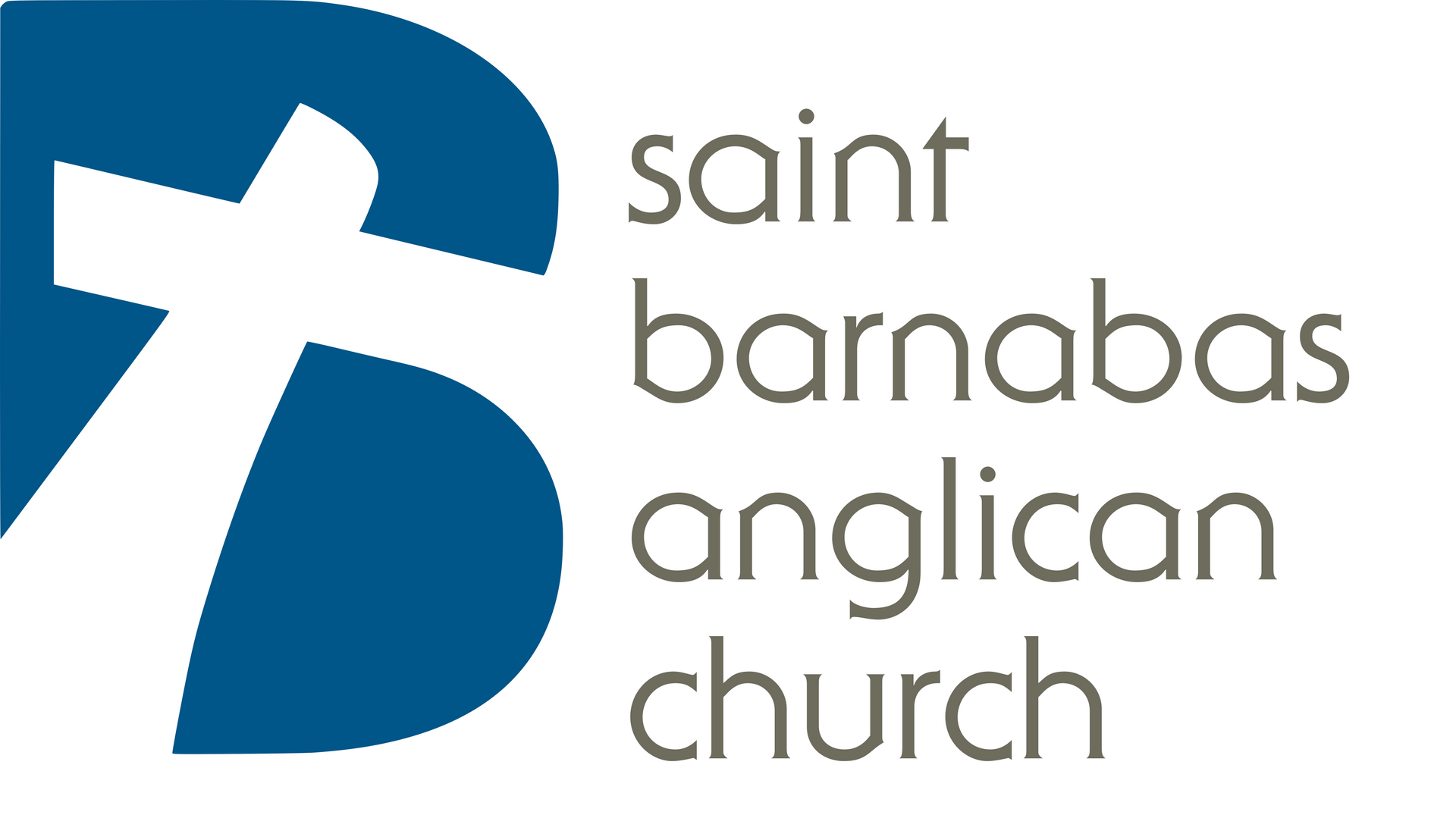Celebrating Major Feast Days with Feast and Fellowship Events
Celebrating Major Feast Days
Beginning in August, we will shift from having midweek Mass every Wednesday to celebrating major feast days on their particular date. These dates are found on pages 688 and following in the 2019 Book of Common Prayer. These feast days fall into two major categories, Principal Feasts and Holy Days (also known as Red Letter Days).
The Principal Feast Days include some Sundays (such as Easter, the Day of Pentecost, and Trinity Sunday) as well as some major dates that do not always fall on a Sunday such as the Ascension (40 days after Easter) or the Epiphany (always on January 6 after the 12 days of Christmas). At times these get ‘transferred’ to a Sunday, but we can miss the importance of celebrating them on the day. We mark major secular moments like July 4 or Presidents Day and in the Christian Calendar it is important to observe dates that form us as believers. Celebrating the Epiphany, for instance, reminds us of our call to go out and be a light to the nations, just as when the nations came to Jesus in the arrival of the Magi on that day. These assist us to keep our gaze upon Jesus.
Additionally, we celebrate Holy Days, which are also known as Red Letter Days throughout the year. These include some important moments in Jesus’ life, like the receiving of his name, eight days after his birth, according to the law, which we celebrate on January 1. Others include people such as the apostles or the reminder of the invisible realm, as on Saint Michael and All Angels. Each are found at the back of the Book of Common Prayer in the Calendar, and these primary Holy Days were traditionally written in red where other saints days and observances were written in black.
Prior prayer books called these “days of obligation” or dates that were set apart for the faithful to observe. Amidst all that can vie for our obligation and attention these days, it is edifying to take the time to celebrate, set apart the evening or morning to observe them, reflect, and reorient on these dates. We are labeling these dates Feast and Fellowship so that we will celebrate the date with a said Communion service that lasts 30-40 minutes with a homily focused upon the significance of that day.
Then, we will transition into fellowship around some form of food to allow us to connect in community. Be on the lookout for these communications and as a general rule, if the day falls on a weekday we will gather at 6:30 pm and if on a Saturday we will gather at 9 am. I hope it gives us times of fellowship with a purpose as we gather around the great moments and exemplars in Christendom to spur us on in our earthly pilgrimage.
Save the upcoming dates this fall:
August 6 - Transfiguration
August 15 - The Virgin Mary - Mother of our Lord
August 24 - St. Bartholomew
September 14 - Holy Cross Day
September 21 - St. Matthew
September 28 - St. Michael and All Angels (transferred) - Badge Blessing
October 18 - St. Luke
October 23 - St. James
October 28 - St Simon and Jude
November 1 - All Saints Day
November 30 - St. Andrew
December 11- Our Lady of Guadalupe
December 21 - St. Thomas
December 25 - Christmas Day
January 1 - Circumcision of our Lord and Holy Name of our Lord Jesus Christ
Blessings,
Andrew
Image: A diptych, with the representations of ten major Christian liturgical feast days. Probably used as a portable altarpiece. Greek-Orthodox or Armenian.
Image credit: Dosseman, CC BY-SA 4.0 www.creativecommons.org/licenses/by-sa/4.0, via Wikimedia Commons
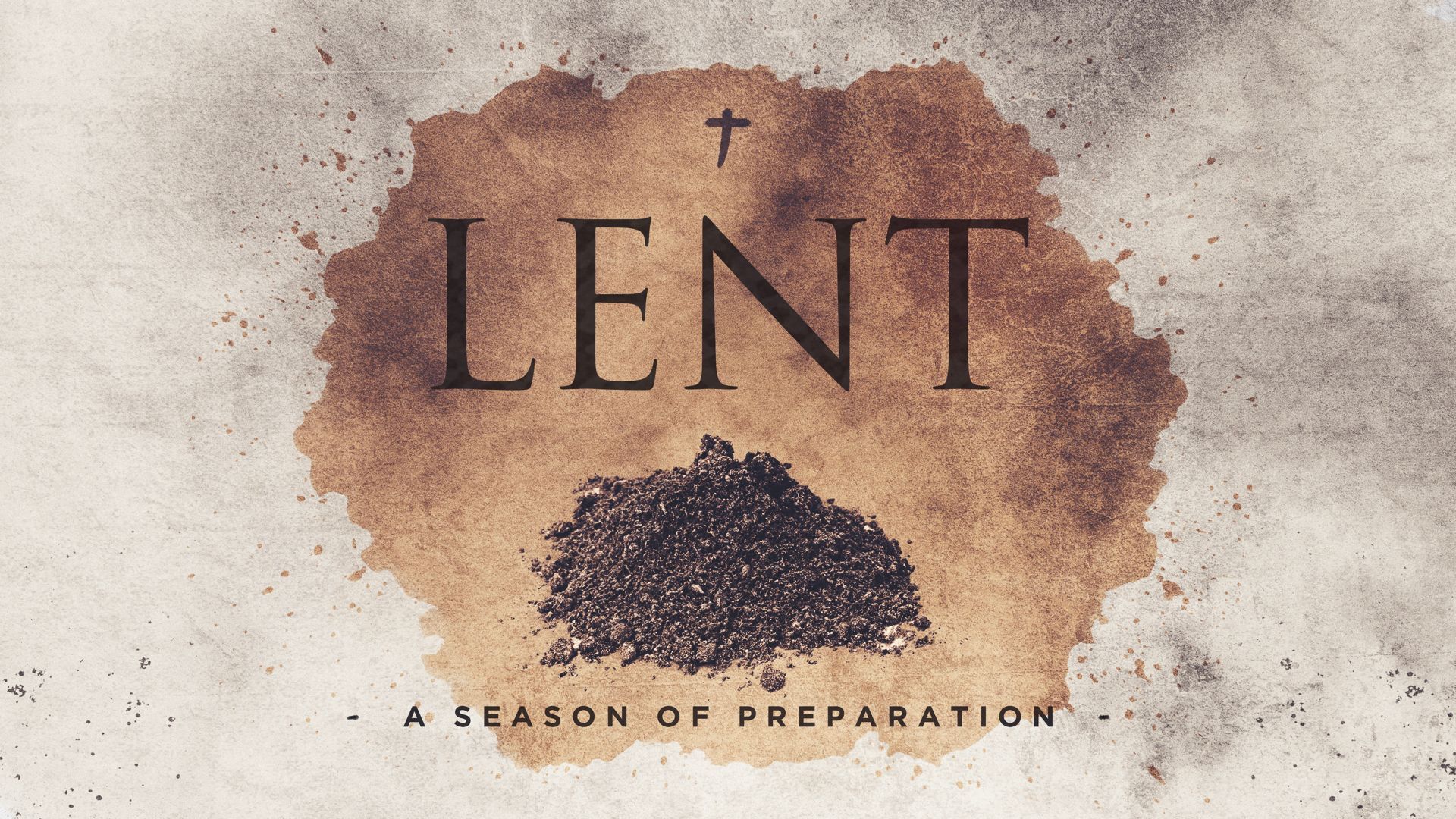
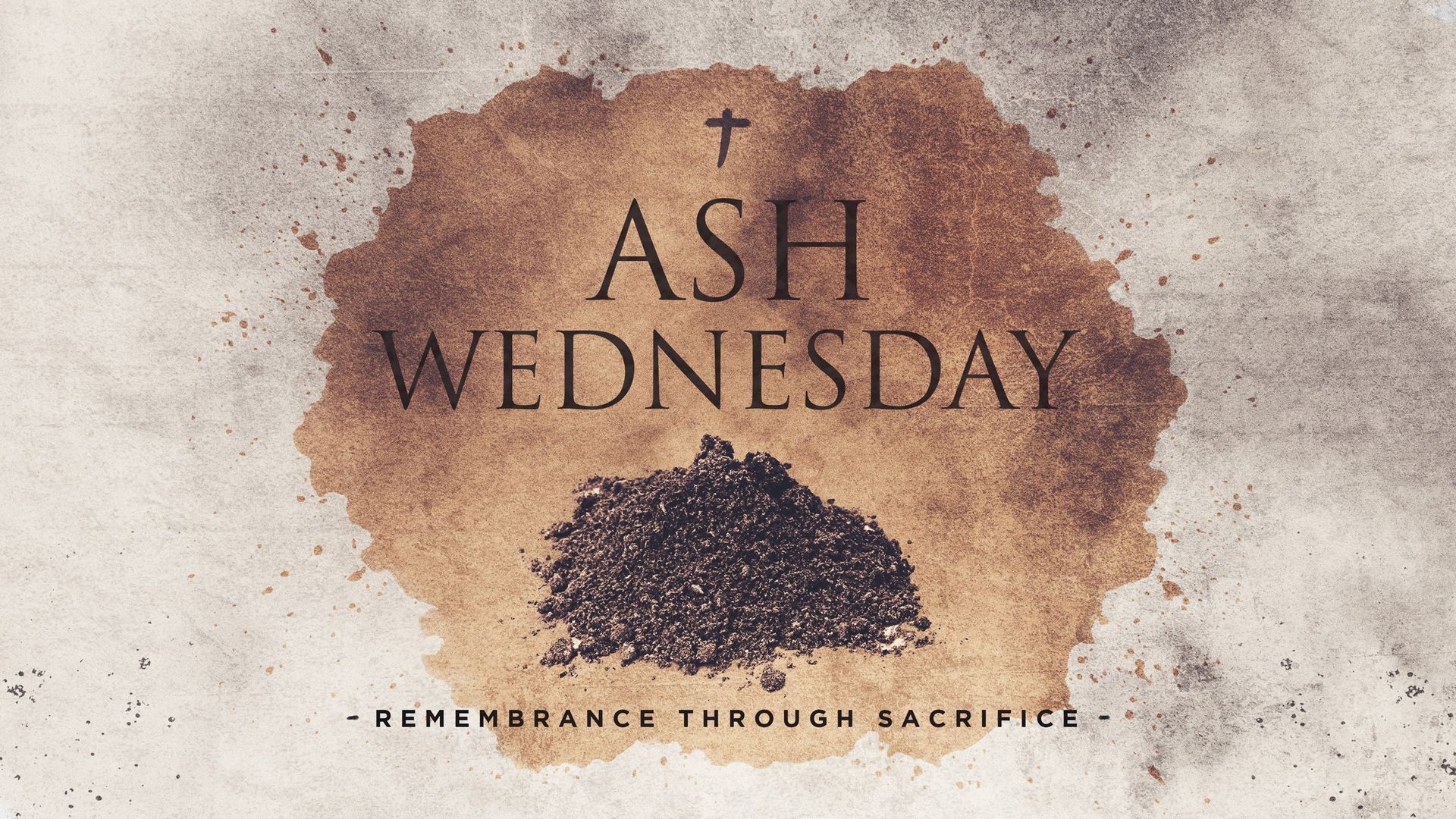
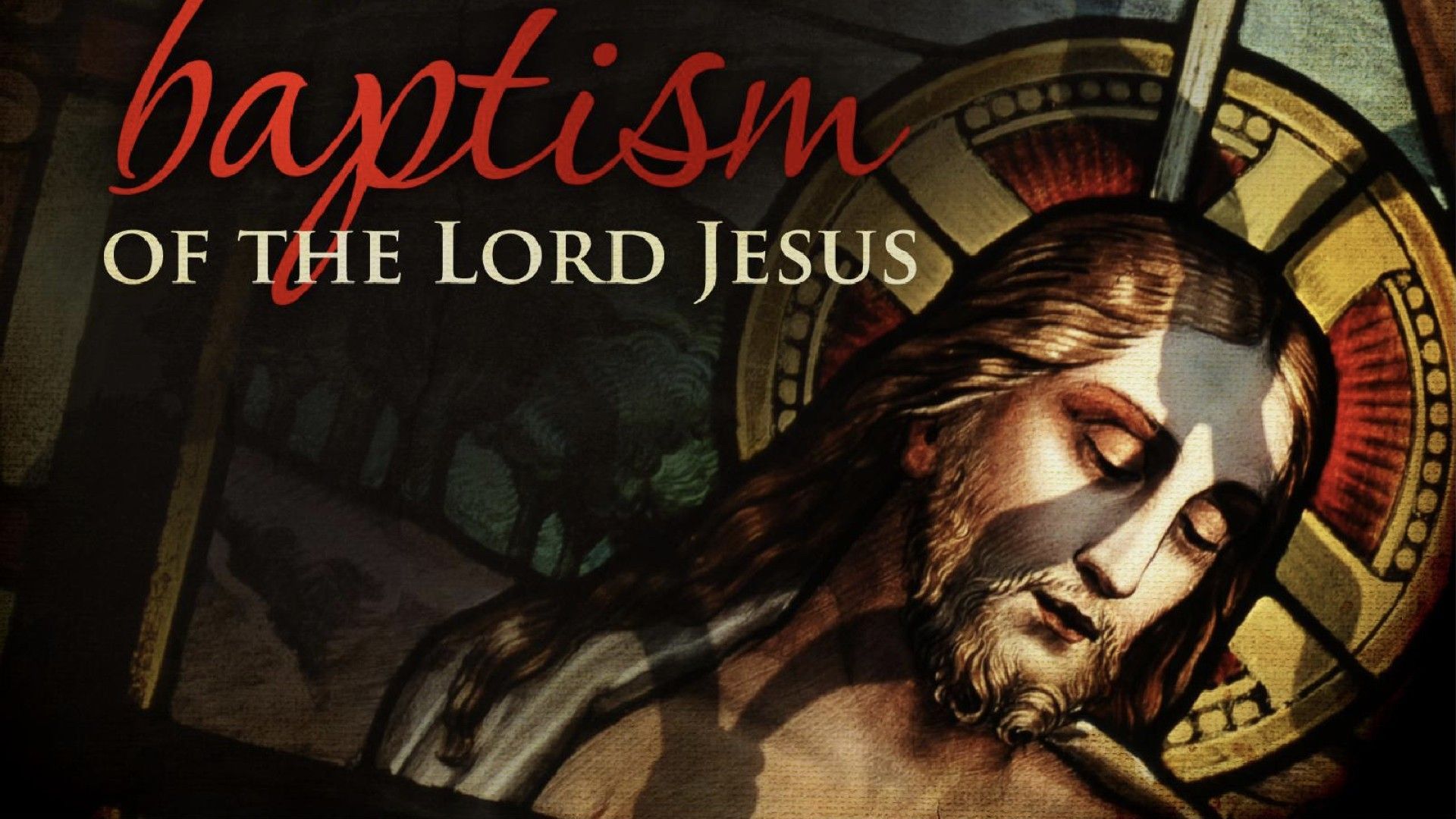
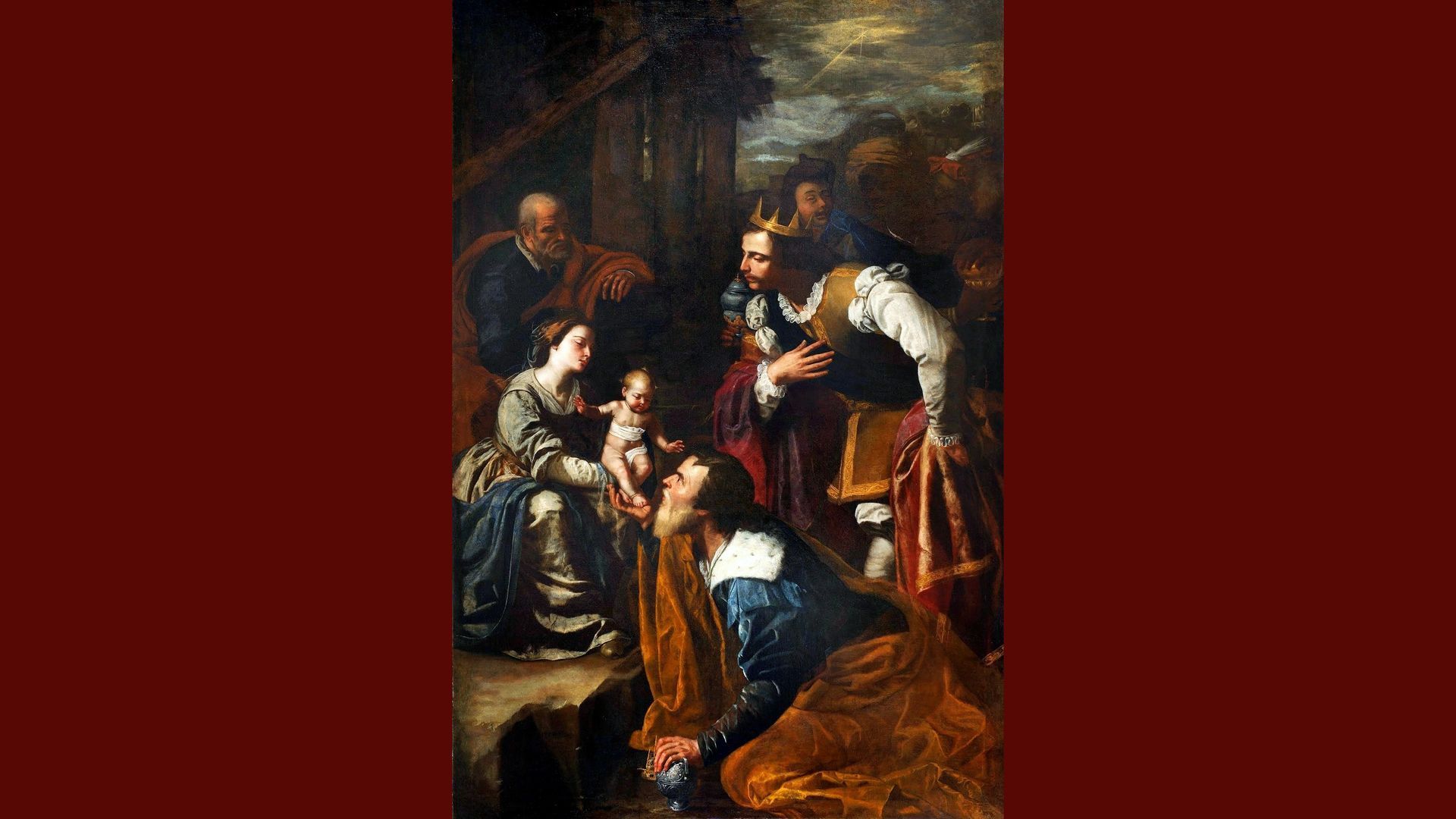
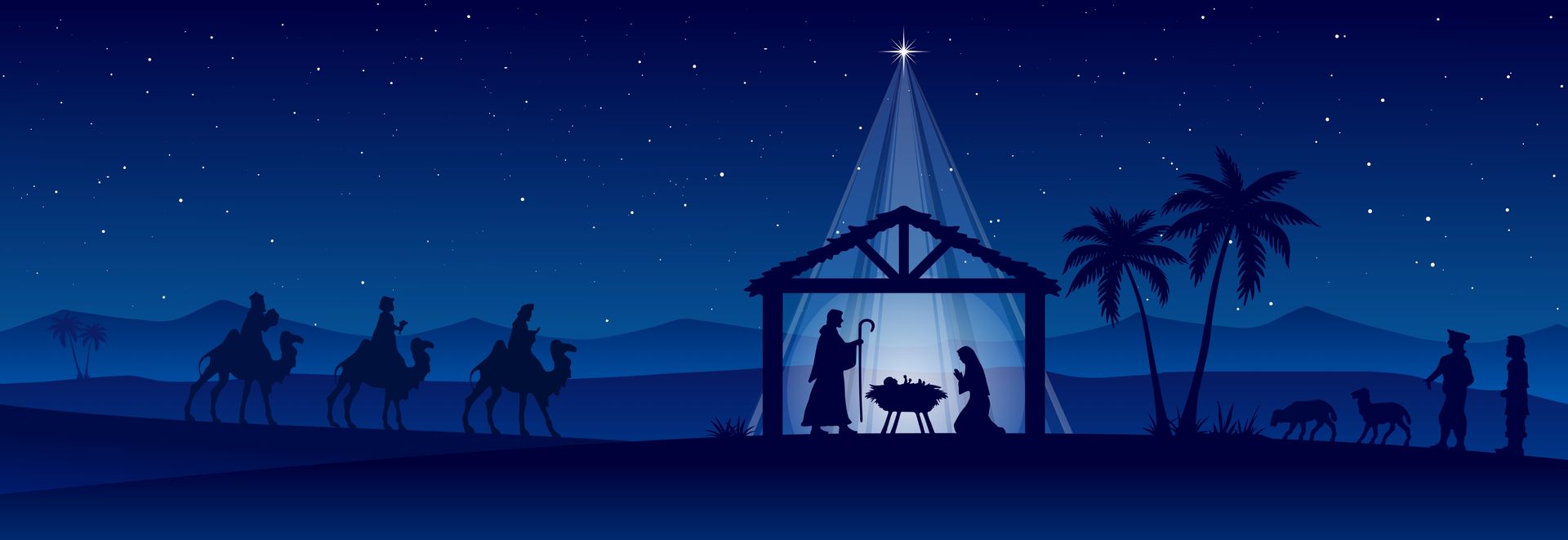
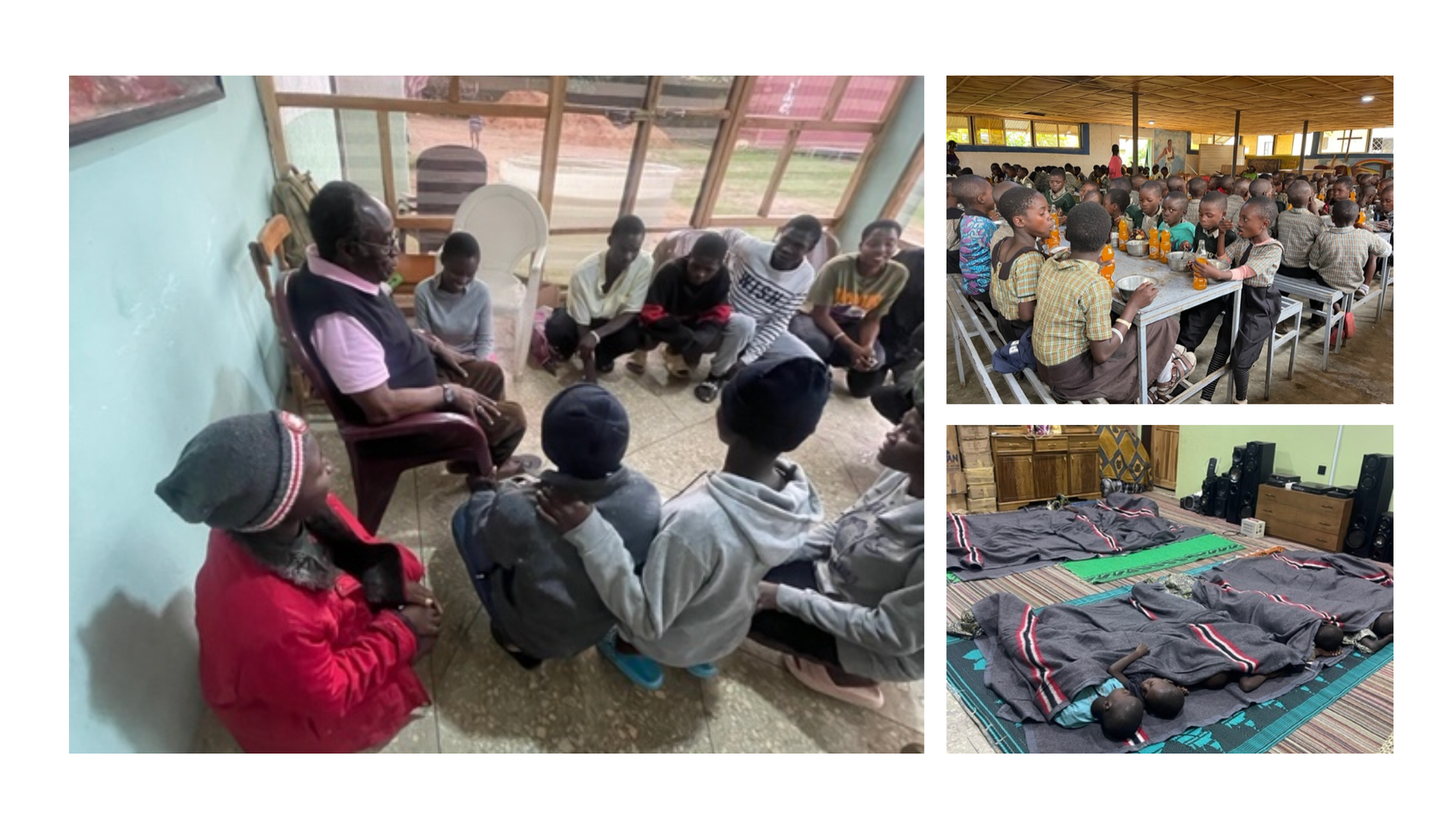
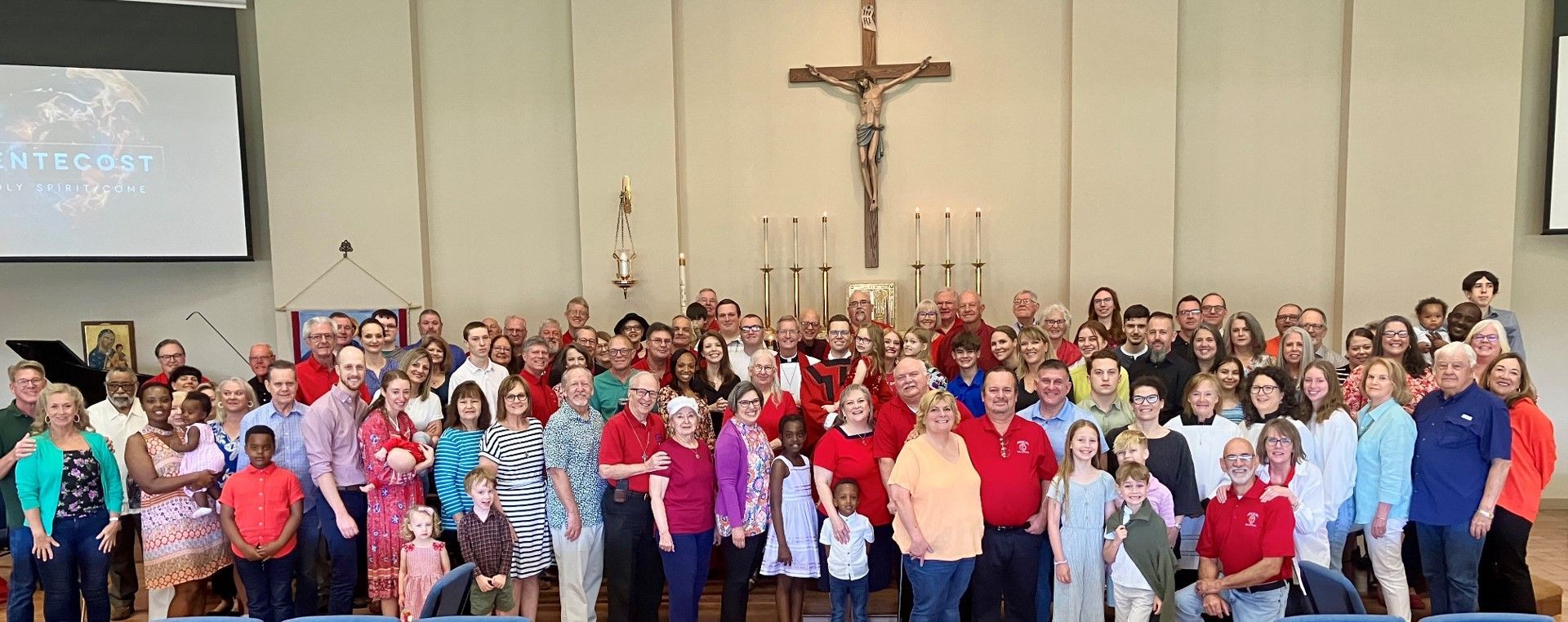



BROWSE OUR SITE
© 2025 Saint Barnabas Anglican Church Fort Worth


